pelvic floor dyssynergia surgery
All patients trained for pelvic floor muscle exercise. Offering a wide range of treatments including biofeedback and specialized gastrointestinal pain management techniques you can take comfort knowing that experts.

Pelvic Floor Dysfunction Gastrointestinal Society
These disorders greatly affect quality of life and healthcare costs.

. How do you fix pelvic floor Dyssynergia. I am 21 years old and have zero quality of life due to pelvic floor dyssynergia. Biofeedback Pelvic Floor Exercise Therapy BFT has been introduced as an alternative treatment.
However the term dyssynergic defecation is now recommended by most experts 33. If your pelvic dyssynergia resulted from a rectal prolapse surgery may be an option as it can help loosen and relax the affected pelvic muscles. There is the sensation of incomplete emptying of the rectum.
Low doses of muscle relaxants to increase coordination in your pelvic floor. The pelvic floor muscles do this by supporting organs such as the rectum uterus and bladder. Pelvic floor dyssynergia is a painful condition that can affect your quality of life.
In rare circumstances when physical therapy and biofeedback fail to work your provider might recommend you see a. An inability to coordinate this action often results in chronic constipation painful bowel movements and excessive straining. A rectal prolapse occurs when tissue that lines the rectum falls or prolapses into the anal opening.
Dyssynergic defecation is a health condition with difficulty passing stool due to problems with the muscles and nerves of the pelvic floor. Im curious to hear about peoples experiences who have gotten an ileostomy or colostomy for this condition. Normal bowel movements involves relaxation of both of these muscles.
Dyssynergic defecation is considered to be the result of pelvic floor dysfunction in that the muscles and nerves within the pelvic floor are not functioning as they should. I have thoroughly tried all conservative methods of treatment and this seems to be my only option left but its. Patients evaluated for obstructed defecation at a pelvic floor disorder center were studied from a prospectively maintained database.
The purpose of the case. Pelvic floor dyssynergia is an inability to relax the pelvic floor muscles during defecation. It can result in chronic constipation.
Surgery is normally not necessary for these patients and is only performed in extremely difficult refractory cases. 1 Also prolapse can recur even after surgery is performed to correct it. Common symptoms reported by people with pelvic floor.
Biofeedback pelvic floor exercise therapy bft has been introduced as an alternative treatment. Although functional constipation is known to often manifest concomitant features of pelvic floor dyssynergia the nature of pelvic floor symptoms and anorectal dysfunction in non-diarrhea predominant irritable bowel syndrome is less clear. Coexisting disorders such as enterocele rectocele and dyssynergia were also identified.
Therefore although mentioned here it has a limited role in resolving pelvic floor dyssynergia and is appropriate for only 20 of patients. By taking the time to make the correct diagnosis patients with PFD can avoid frustration unnecessary testing and surgery. With the use of defecography patients were classified by Oxford Rectal Prolapse Grade.
In general women who want to have children should not have these types of surgery. If your pelvic floor dysfunction is the result of a structural issue you may need surgery to correct it. Aug 31 2019 75617 PM.
If your pelvic floor dysfunction is the result of a structural issue. 7 Pelvic floor is a complex muscular apparatus that serves three important functions namely. A rectal prolapse occurs when tissue that lines the rectum falls or prolapses into the anal opening.
If pelvic floor dysfunction is the result of a rectal prolapse or rectocele surgery may be indicated. 1 Researchers are working to develop low-risk procedures and devices that work well to treat pelvic floor problems. Total 35 patients diagnosed as having pelvic floor dyssynergia confirmed by MR defecography MRD enrolled in to the study.
Subsequently several terms have been used to describe this entity including anismus 2 pelvic floor dyssynergia 3 obstructive defecation 4 paradoxical puborectalis contraction 5 pelvic outlet obstruction 6 and spastic pelvic floor syndrome. Dyssynergic defecation has been described in the literature with a plethora of other terms such as anismus pelvic floor dyssynergia obstructive defecation paradoxical puborectalis contraction pelvic outlet obstruction and spastic pelvic floor syndrome 32. These are muscles located in the lower abdomen that allow bowel movements to pass normally.
Pelvic floor dyssynergia is a condition in which the external anal sphincter and the puborectalis muscle contracts rather than relaxes during an attempted bowel movement. Our Pelvic Floor Program offers care to resolve symptoms and restore quality of life for patients with these issues. This study aims to compare anorectal sensorimotor function and symptoms of patients who have non-diarrhea.
Pelvic floor dyssynergia surgery. If pelvic floor dysfunction is the result of a. Low doses of muscle relaxants to increase coordination in your pelvic floor.
Will I need surgery to treat pelvic floor dysfunction. There is not a surgery to treat pelvic floor dysfunction because it is a problem with your muscles. Constipation dyssynergic defaecation pelvic floor dyssynergia puborectalis syndrome.
Pelvic floor dyssynergia is an inability to relax the pelvic floor muscles during defecation. In women a rectocele occurs when the. Here are some frequenlty asked questions and common myths about pelvic floor disorders.
Pelvic floor disorders affect the lives of over 28 million Americans yet relatively few receive adequate treatment for these conditions. A prospective study was conducted at Healing Hands Clinic Pune. Researchers are also comparing treatment methods to see what works best.
Defecatory disorders can include structural neurological and functional disorders in addition to concomitant symptoms of fecal incontinence functional anorectal pain and pelvic floor dyssynergia. Consult your doctor if you are experiencing symptoms of pelvic floor dyssynergia. Surgery - As with most pelvic surgeries surgery to treat pelvic floor dyssynergia has low success rates.
Your treatment may include medications stress management or alternative therapies such as acupuncture. Dyssynergic defecation is a condition that affects the pelvic floor muscles. Treatment for pelvic floor diso.
Dyssynergic defecation occurs when the pelvic floor muscles are unable to coordinate with the. Successful defecation requires increased intra-abdominal pressure combined with relaxation of the pelvic floor muscles.
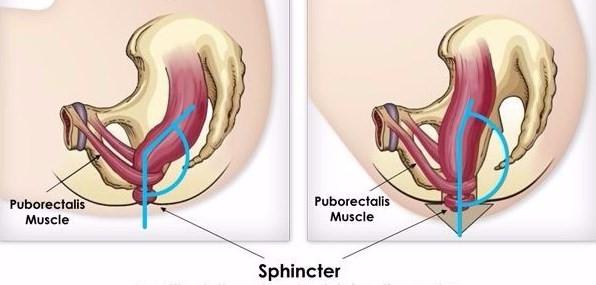
Pelvic Dyssynergia Dubai Female Clinic
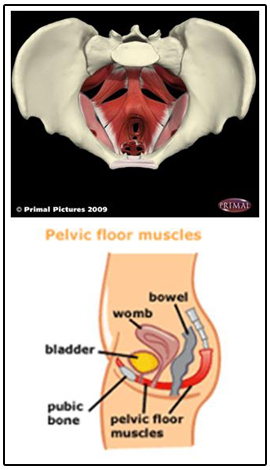
Pelvic Floor Muscle Dysfunction Pfmd Pamela Morrison Pelvic Pain Physical Therapist P C
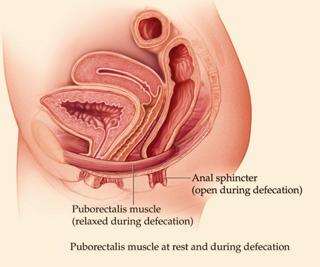
Anismus Pamela Morrison Pelvic Pain Physical Therapist P C

Pdf Botulinum Toxin Injection To The Puborectalis In The Management Of Pelvic Floor Dyssynergia

Pelvic Floor Dyssynergia Axial High Resolution T2 Weighted Images Download Scientific Diagram
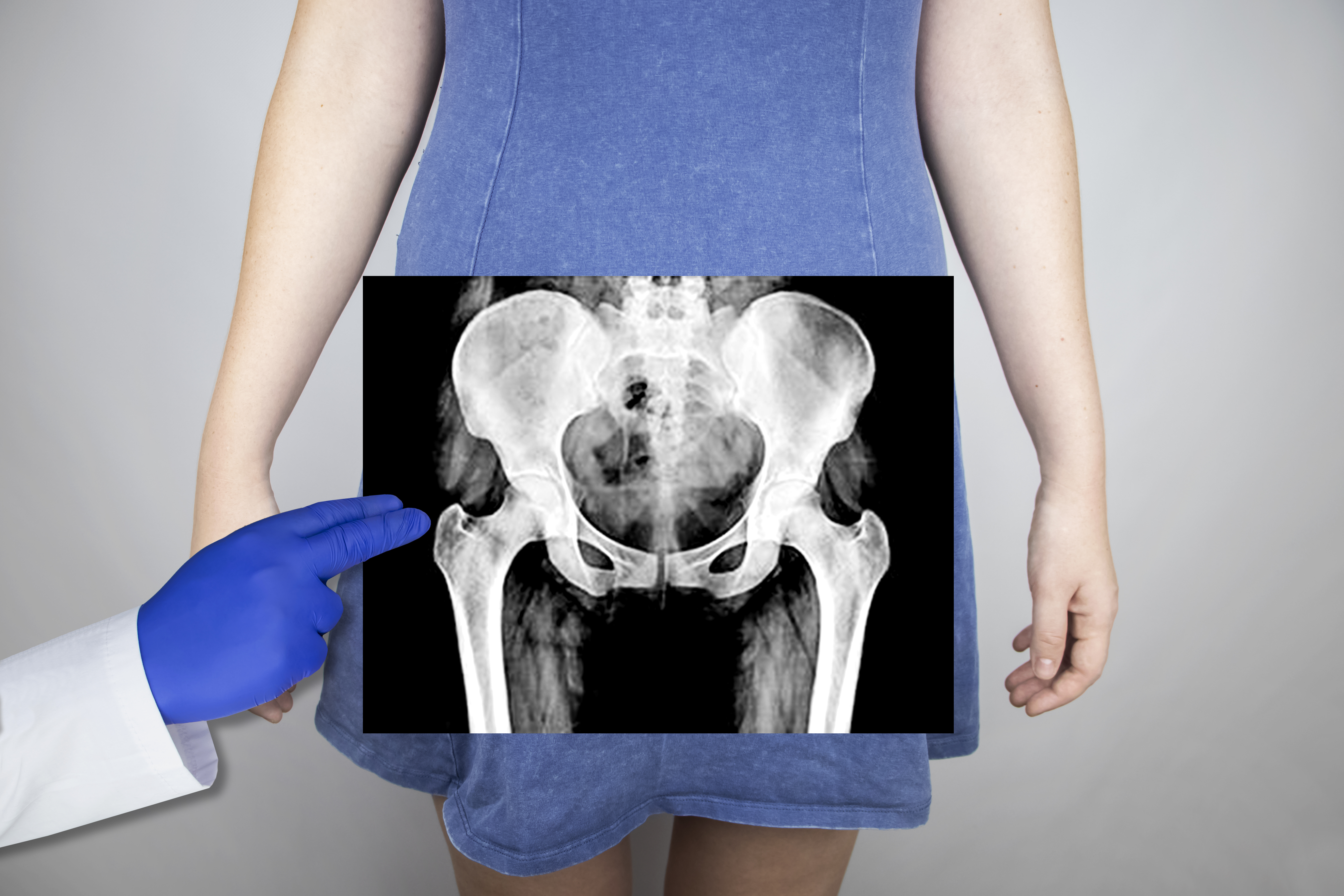
What Is Pelvic Floor Dyssynergia Advanced Gynecology
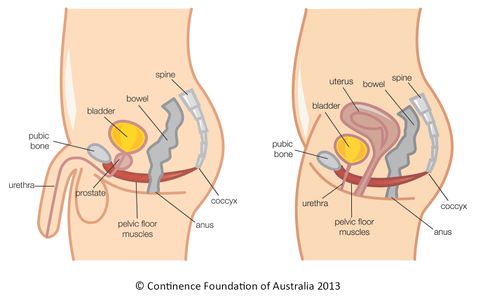
Pelvic Floor Dysfunction Physiopedia
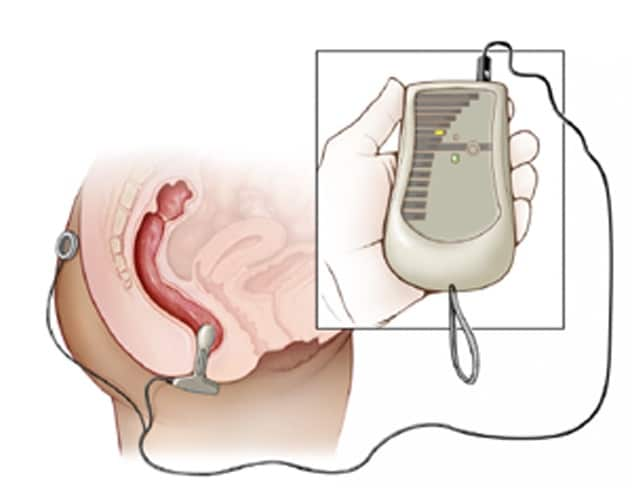
Unique Intensive Curriculum Helps Patients Retrain Pelvic Floor Muscles Mayo Clinic
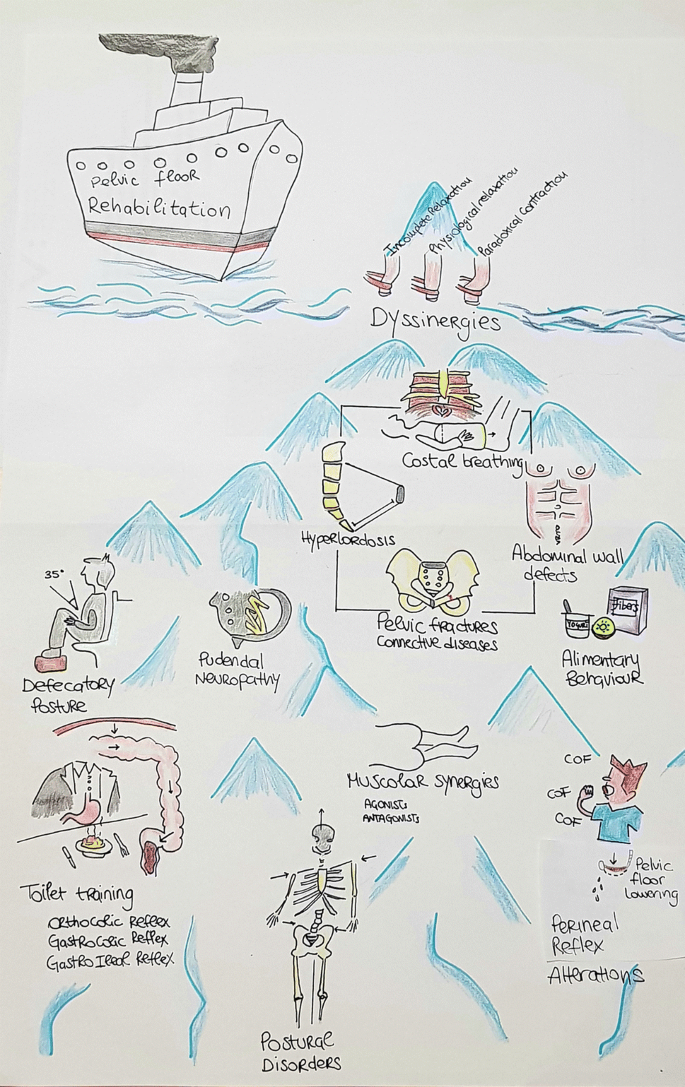
Pelvic Floor Dyssynergia The New Iceberg Syndrome Springerlink
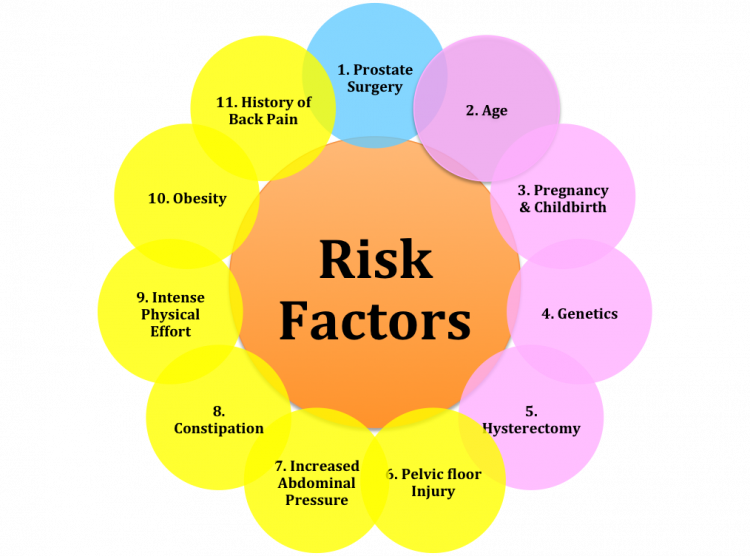
Pelvic Floor Dysfunction Physiopedia

Biofeedback And Pelvic Floor Disorders Conservative Treatment Pelvic Floor Disorders Surgical Approach
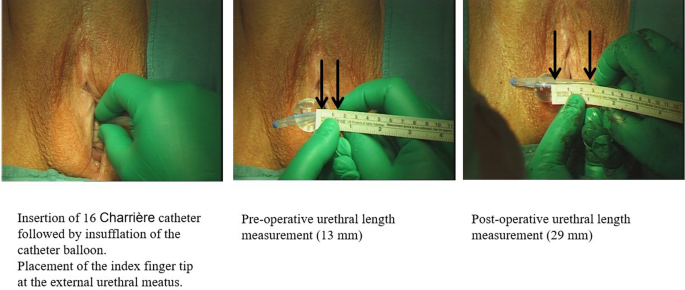
Inverse Correlation Between Urethral Length And Continence Before And After Native Tissue Pelvic Floor Reconstruction Scientific Reports

Biofeedback And Pelvic Floor Disorders Conservative Treatment Pelvic Floor Disorders Surgical Approach

Pelvic Floor Dysfunction A Treatment Update Page 2

Figure 1 From Medical And Surgical Management Of Pelvic Floor Disorders Affecting Defecation Semantic Scholar

Pelvic Floor Biofeedback For Incontinence Youtube

Biofeedback And Pelvic Floor Disorders Conservative Treatment Pelvic Floor Disorders Surgical Approach
